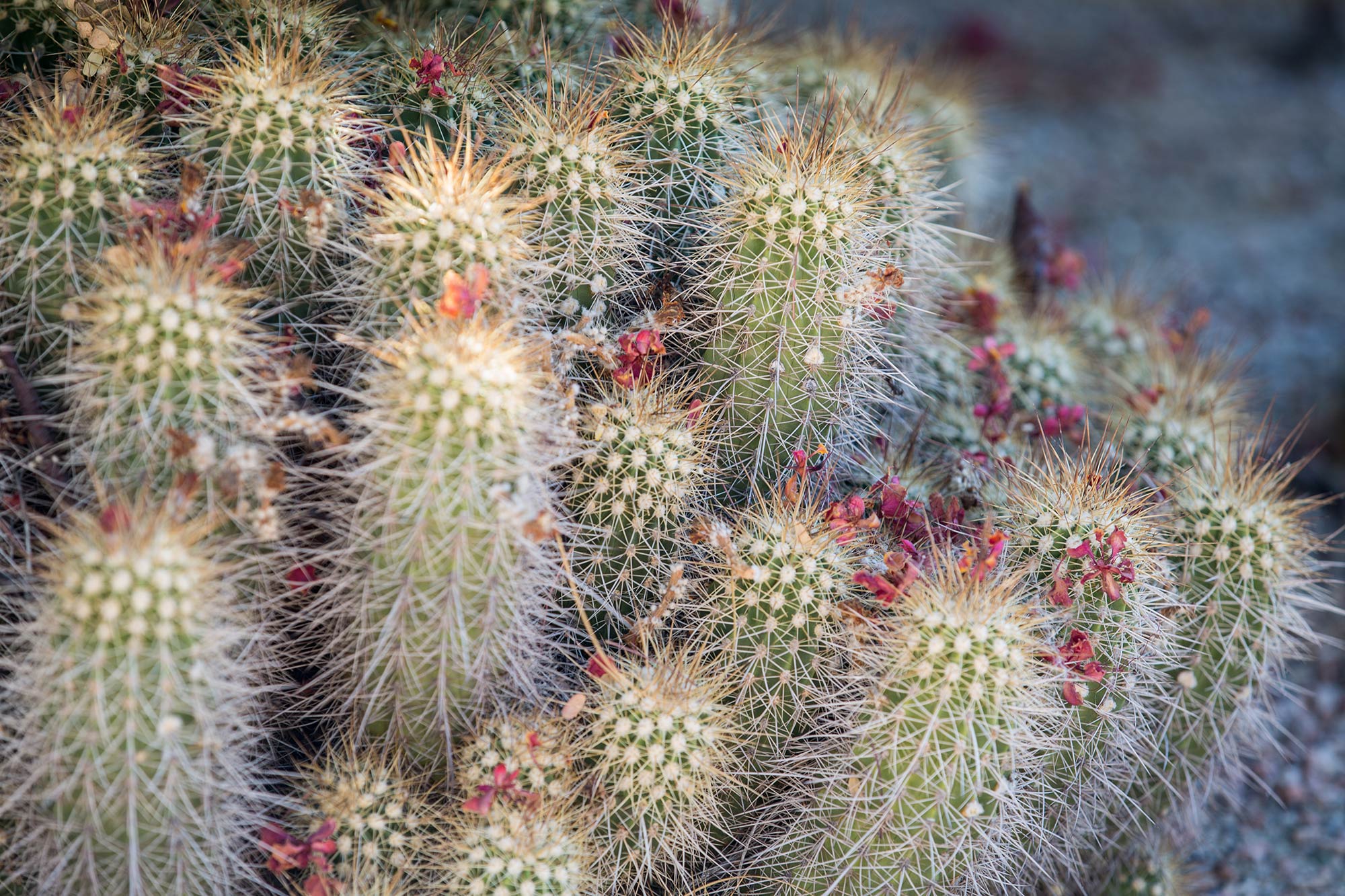I come from a family of worriers, and I’ve done a lot of worrying in my life. I now do it less than ever, but there was a time when I thought I was a “worry addict.” Of course, a feeling of any kind can be “addictive” – we can use one feeling or mood to alter another. That’s how I once used worry. When I obsessed about fearful possibilities or regarded things as more threatening than they were, I didn’t have to feel my loneliness or anger, which was far more frightening than worry. So worry was a way for me to stay in my head and not have to feel my feelings.
Worry begins in childhood, modeled for us by our parents. They nag at us with an endless stream of anxious reminders: “Sit up straight.” “Don’t hold your fork that way.” “Be careful.” Don’t talk to strangers when you leave the house.” Some of these admonitions are good and necessary, but when they’re delivered chronically and inappropriately, they create a sense of terror in a child. And it’s now recognized that these early impressions can have long-term effects.
A New York Times article describing experiments at the National Center for Post-Traumatic Stress Disorder stated that a single catastrophic experience occurring when one feels helpless is sufficient to change brain chemistry. The article suggested that it’s as if a rheostat that controls adrenaline release is turned up, creating a surge. In my work, we call this hyper-vigilance, and I believe it can be traced to early childhood fear and terror.
Imagine the impact on a 3-year-old who hears a normally quiet and gentle parent raise his or her voice for the first time. We have probably all been through that. We all undoubtedly carry some ill effects from the experience of having been tiny and powerless in the first six years of our lives – and those ill effects sometimes manifest themselves as worry, depending on the level of anxiety that our parents projected at the time.
The ways we choose to worry are usually the ways we learned from observing our parents.
The ways we choose to worry are usually the ways we learned from observing our parents. In “awfulizing,” one form of thought distortion, we see the hole and never the doughnut. Most of us are quite unlike the optimistic little boy in the famous story that is supposed to teach us to count our blessings. According to the tale, the child got nothing but donkey dung for Christmas. “I got a donkey,” he is supposed to have exclaimed, “but he got away!” This story has always irritated me, because it’s about somebody who looks on the bright side. This is an attitude I was never fortunate enough to have.
“Catastrophizing” is another species of worry. It is characterized by the mind rushing to the worst possible scenarios. I think of the passage in Carlos Castaneda’s Journey to Ixtlan in which Yaqui sorcerer Don Juan says, “We either make ourselves miserable, or we make ourselves strong. The amount of work is the same.”
Compulsive worrying takes a tremendous toll on the body because it forces us to live in a constant state of alertness, prepared to fight or run. So it’s important to do something about it. One technique I’ve used is to replace insecure thoughts with secure thoughts. I might ask myself, “What is the best thing that could happen from this experience?” This forces me to think in positive ways. Or I might ask myself to look at occasions in the past that worried me but that had happy outcomes. The most effective tool I’ve used against worry is a slogan that comes from AA: One day at a time. Many years ago, I didn’t know how to live one day at a time. Part of my mind was always in next Thursday, next month, next year. I was always out there in the future, “awfulizing.”
People who aren’t troubled by addictions find it hard to imagine what it’s like to be overcome by worry. They say, “Plan, stupid. Then you don’t have to worry.” But that’s not how it worked with me. My concerns for the future were often so great that they impaired my ability to function in the present. You could say that my hyper-vigilance wore me out physically, while my “awfulizing” drove me to the distraction of alcohol – anything to quiet my fears for just a little while. When I found my way into AA and started to work the 12 Steps, a dedicated daily effort to live in the now finally restored me to sanity. Today I live today. I give my best attention to what I am able to do right now, and I tell myself that I’ll deal with tomorrow when it gets here. And the remarkable thing is that it works. –
– Written by John Bradshaw, MA and featured in the September edition of The Meadows’ Cutting Edge, a Publication for Professionals.

